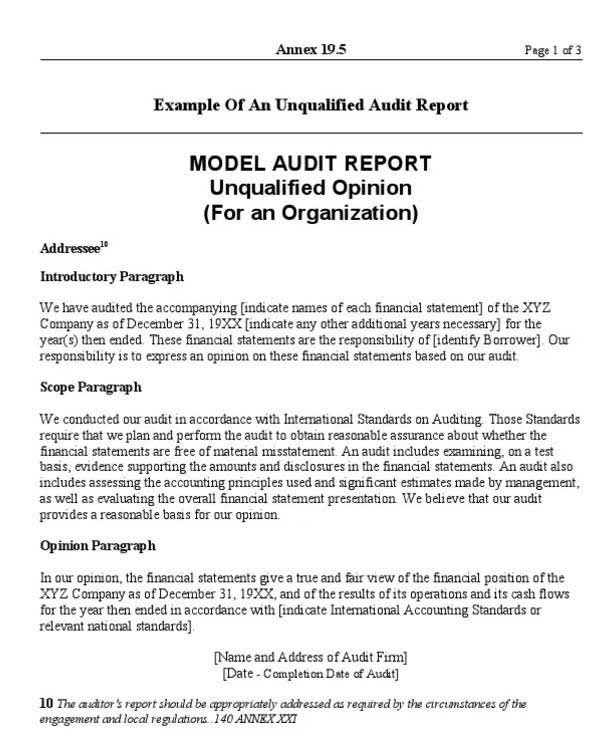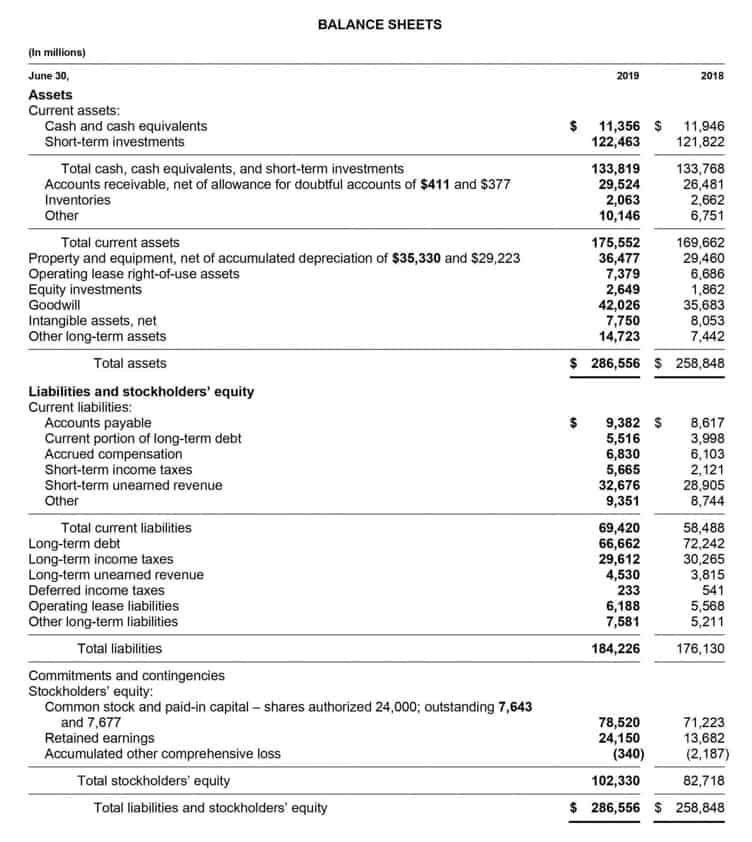
If you have accounting software or a bookkeeper, you may not be making these entries yourself. But knowing how entries for sales transactions work helps you make sense of your general journal and understand how cash flows in and out of your business. Like in a cash sales journal entry, you likely also will deal with sales tax. In conclusion, the credit sales journal entry is a critical method for managing customer accounts and keeping track of sales. By clearly documenting all sales credits, businesses can avoid errors and ensure that customers are properly credited for their purchases. While the process may seem daunting at first, with a little practice it will become second nature.
How to Make a Sales Journal Entry in Your Books

The credit terms of purchases are usually indicated on the invoice of the purchase. It usually indicates when the amount owed is due for payment, any sales discount for the purchase as well as any applicable late payment fees or interest. If the customer is unable to pay for the good or service within the stipulated time frame, the sales discount becomes forfeited. Companies normally state the condition under which the customer gets a sales discount in the header section of the purchase invoice.
- In the preceding example, if Baker Co. paid the $1,450 owed, there would be a debit to Cash for $1,450 and a credit to Accounts Receivable.
- Both of these journal entries are useful when preparing financial statements, forecasting the business’s revenue as well as budgeting for the future.
- It also raises the likelihood that the person concerned in such an issue may make blunders.
- To create a journal entry in your general ledger or for a sale, take the following steps.
- Match each of the transactions in the right column with the appropriate journal from the left column.
- If a company had many transactions, that meant many journal entries to be recorded in the general journal.
- There are cases in which a sale is reversed (perhaps due to a product return) or reduced (perhaps due to the application of a volume discount).
When Cash Is Debited and Credited
- The Supreme Court has authority to appoint a successor signatory for the attorney trust account.
- The credit sale is reported on the balance sheet as an increase in accounts receivable, with a decrease in inventory.
- Recall that the accounts receivable subsidiary ledger is a record of each customer’s account.
- Whenever cash is paid out, the Cash account is credited (and another account is debited).
All credit sales made by the business are recorded in the sales diary. You’ll notice that the sales notebook only lists credit sales for inventories and products. In recording a journal entry for sales, you’ll need to pass entry for sales—that is, move the information to all of the different accounts where it needs to be recorded. To create a journal entry in your general ledger or for a sale, take the following steps.
Where are Sales Tracked for Journal Credits?
If they do not pay off the balance within the given timeframe, the customer’s credit score may be negatively affected. As a result, customers are more likely to pay off their balance in a timely manner, reducing the risk of credit default. Advance payments provide the seller with the assurance of payment, but they must wait for the customer to receive the goods/services before they can be paid. Credit sales provide the seller with easier access to their funds, but they must wait for the customer to make payment. This is a key competitive tool in some industries as it can attract additional customers through the provision of longer payment terms. If your business is ever audited by any government agency, the sales journal will be one of the first places they look.
There are basically two journal entries made to record credit sales; first when the good or service is purchased and then later on when the good or service is paid for. Both of these journal entries are useful when preparing financial statements, forecasting the business’s revenue as well as budgeting for the future. As with all other transactions, when companies sell goods or provide services on credit, they make a journal entry for the sale.
- Apple Inc., a retailer of laptops and computers, gave Jimmy Electronics credit for $50,000 worth of items on May 1, 2020.
- These types of entries also show a record of an item leaving your inventory by moving your costs from the inventory account to the cost of goods sold account.
- Therefore, it leads to the asset creation of the company and is shown in company’s balance sheet unless settled.
- This can lead to a situation where the business has to wait for a long time before it can receive the money from the customer, which can lead to cash flow problems.
- Another way to visualize business transactions is to write a general journal entry.
- Here are a few different types of journal entries you may make for a sale or a return depending on how your customer paid.
When utilizing credit sales as a payment option, businesses must manage their cash flow carefully in order to remain profitable. This is because credit sales involve customers paying for goods or services at a later date, either after a given amount of time or in multiple installments. This creates a situation where a business may have to wait until the customer pays for the goods or services before the business can receive the revenue. In recording the journal entry of a credit sale, the entry should be made within the same accounting period in which the sale is made.

Purchase Stationery Journal Entry
Another way to visualize business transactions is to write a general journal entry. Each general journal entry lists the date, the account title(s) to be debited and the corresponding amount(s) followed by the account title(s) to be credited and the corresponding amount(s). Let’s illustrate the general journal entries for the two transactions that were shown in the T-accounts above. In the income statement, credit sales are recorded as the credit sales with discounts are immediately subtracted from the gross sales. It denotes that sales discounts, cash discounts, and trade discounts are not included in the value of sales recorded in the income statement. Let’s talk about the benefits of businesses postponing their cash flow through credit sales and how journal entries support their ability to keep track of the quantity of receivables.

Credit Sale and Cash Flow
The sum of all the subsidiary ledgers must equal the amount reported in the general ledger. The total of all of the cash disbursements for the month would be recorded in the general ledger Cash account (Figure 7.27) as follows. Note that the information for both the cash receipts journal and the cash disbursements journal are recorded in the general ledger Cash account. Credit sales carry a certain time period in which the invoice is due. Further, they normally offer a cash discount if the payment is made within a certain period of the actual sale date. The credit sale is recorded on the balance sheet as an increment in Accounts Receivable, with a decrease in inventory.

